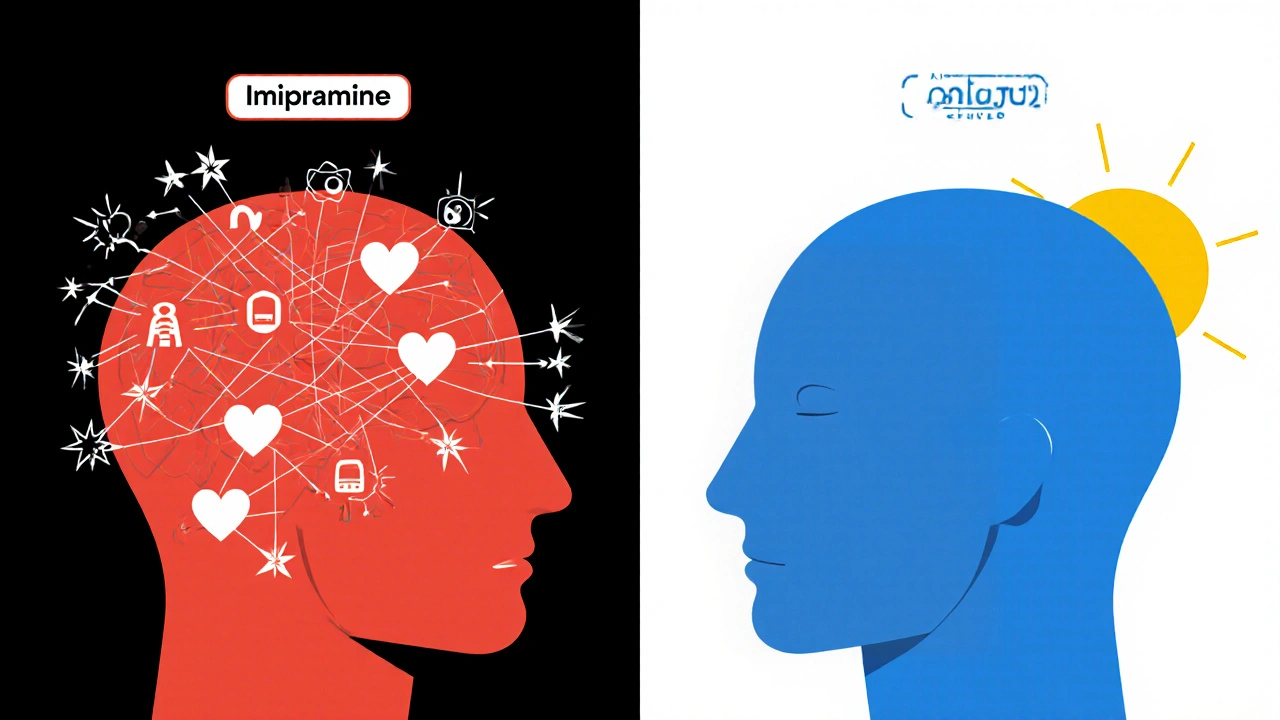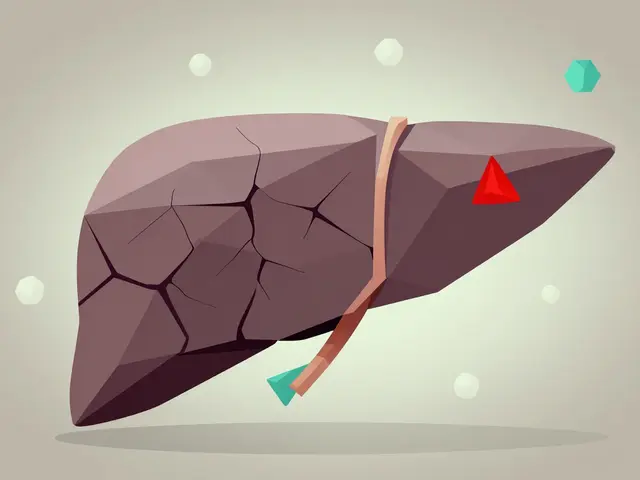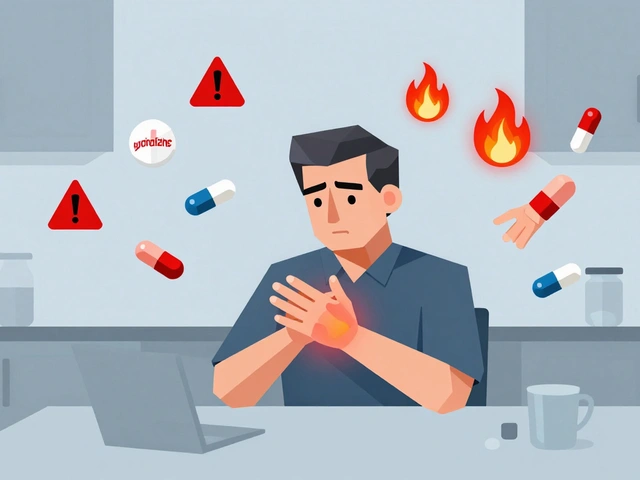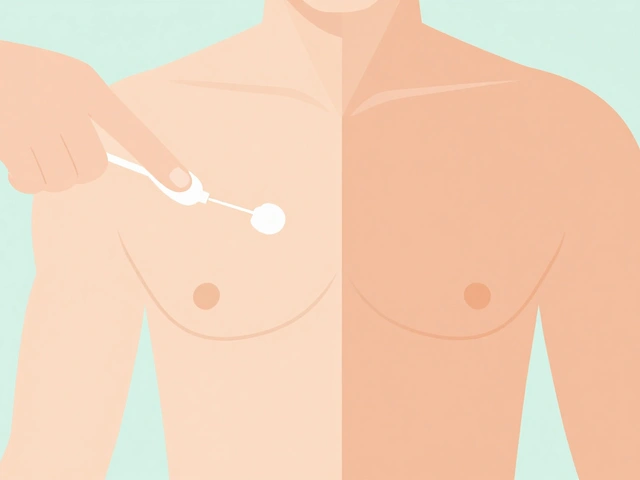Tofranil: What It Is, How It Works, and What Alternatives You Should Know
When you hear Tofranil, a tricyclic antidepressant originally developed in the 1950s to treat depression. Also known as imipramine, it was one of the first drugs to prove that chemicals in the brain could be targeted to lift mood. Unlike newer antidepressants, Tofranil doesn’t just boost serotonin—it affects norepinephrine too, which can make a difference for people who don’t respond to SSRIs. It’s still used today, especially for depression with fatigue, chronic pain, or nighttime anxiety.
Tofranil doesn’t work the same for everyone. Some people feel better in a few weeks; others need months. Side effects like dry mouth, drowsiness, or weight gain are common, which is why many switch to newer drugs. But here’s the thing: just because a drug is older doesn’t mean it’s outdated. For some, Tofranil is the only thing that brings relief. It’s also prescribed off-label for bedwetting in kids and panic disorder in adults. That’s why it shows up in posts about tricyclic antidepressants, a class of drugs that includes amitriptyline and nortriptyline—they’re all part of the same family with similar risks and benefits. And when people compare Tofranil to anxiety treatment, options that range from SSRIs to therapy to lifestyle changes, they’re really asking: is this still worth trying?
The posts you’ll find here aren’t just about Tofranil alone. They connect it to real-life struggles: how side effects change daily routines, why some people combine it with probiotics to protect their gut, and how lifestyle tweaks like sleep and stress management can make a difference. You’ll see comparisons to other meds, stories from people who switched, and tips on managing the tough parts. There’s no fluff—just what matters when you’re trying to feel better. Whether you’re considering Tofranil, already taking it, or looking for alternatives, this collection gives you the facts without the hype.
Compare Tofranil (imipramine) with modern antidepressants like SSRIs, SNRIs, and atypical options. Learn which alternatives are safer, faster, and more effective for depression and anxiety, and when to consider switching.
Continue reading...






